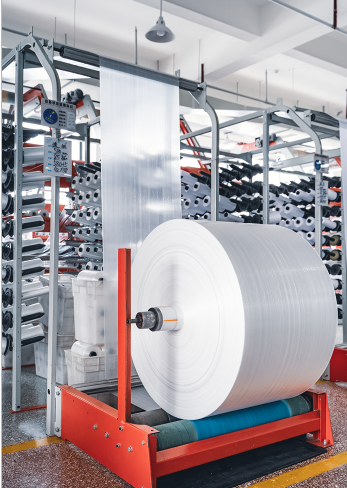
FIBC stands for Flexible Intermediate Bulk Containers and this type of bulk material bag is proving to be of great use in different fields such as agriculture, construction, food, and chemicals. FIBC bags can carry 500 to 4000 pounds of material. In this article, we shall focus on defining the essential characteristics of bulk bags, their proper storage methods, the procedures for their safe use, and other tips necessary for extending the life of the bulk bags. Those who are looking to use FIBC bags for the first time or those who want to improve their operations will find this guide helpful regarding ways in which effective bulk material processes can be achieved.
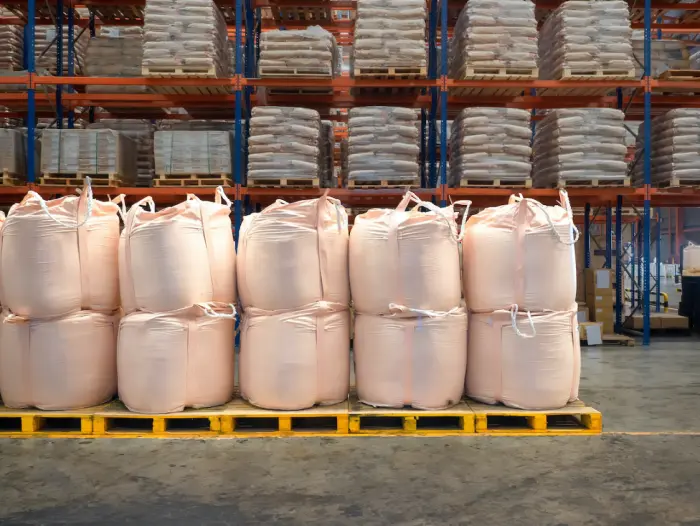
The first thing that should be done before going through the instructions on how to store and handle the bags is to understand the overall value that FIBC bags offer across different industries.
High load capacity: It follows that high-strength FIBC have a load-bearing capacity that is up to 300 times the FIBC weight.
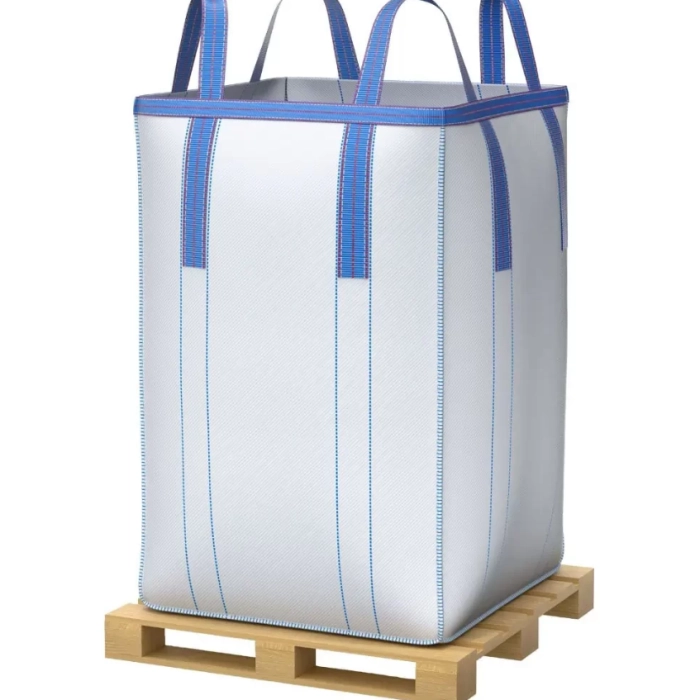
Durable construction: These bags, which are woven from polypropylene, have a good level of strength and flexibility.
Customizable design: FIBCs can be designed and produced in any two or three dimensions, any function, and in any desired color.
Space-saving: Light in weight when not in use, these bags can be conveniently stowed.
Eco-friendly: FIBC bags can be reused and recycled, which helps in protecting the environment.
| No. | Benefits | Description |
| 1 | Cost-effective | Cost due to the superior package-to-product weight ratio assists in opting for FIBCs during bulk material handling |
| 2 | Versatility | Good for a variety of industries and products, ranging from grains to chemical substances |
| 3 | Efficient handling | Loading, unloading, and transporting, all these processes become easy and manageable with the use of FIBCs |
| 4 | Moisture resistance | Moisture is one of the greatest threats to any product, but many FIBCs provide moisture protection to the products |
Correct storage is crucial for maintaining the integrity and longevity of your FIBC bags. Follow these guidelines to ensure your bags remain in optimal condition:
Indoor Storage: FIBC bags must be stacked inside at all times. The Flexible Intermediate Bulk Container Association (FIBCA) does not advocate for external storage whatsoever.
UV Protection: Do not expose the bags to sunlight or UV rays, which can cause deterioration of the polypropylene overtime.
Climate Control: Ensure that bag storage facilities are cool and dry. Too much moisture can weaken the fabric, and may even damage its contents.
Cleanliness: Maintain the storage space as clean and free of any possible contaminants.
Proper Stacking: When filled bags are stacked, they should be arranged in a pyramid shape or supported. Also ensure that balance and stacking does not exceed the maximum recommended height.
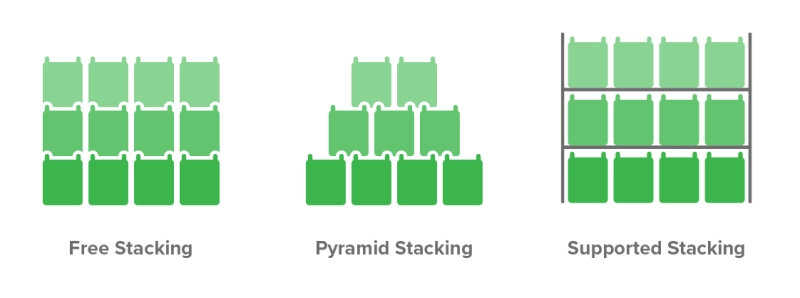
Regular Inspection: Storage bags should be examined from time to time for signs of wear and tear.
Adhering to these storage practices will prolong the life of your FIBC bags tremendously and keep them efficient and functional.
The proper methods of work with FIBC bags allow to ensure safe operations and improve the work process. The following are the main procedures for filling, lifting, and emptying the bulk bags safely:
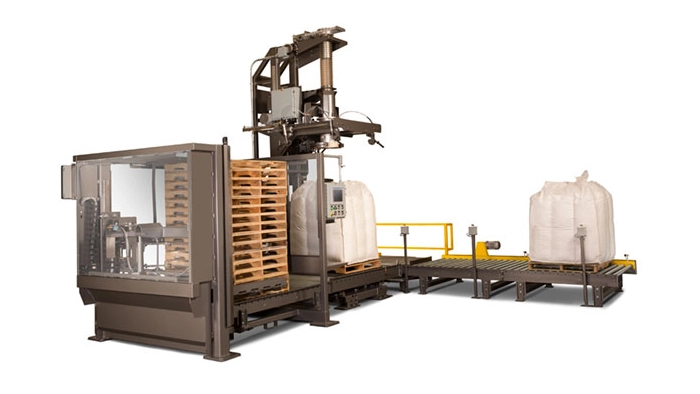
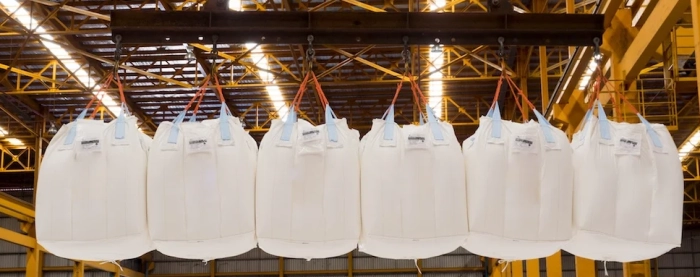
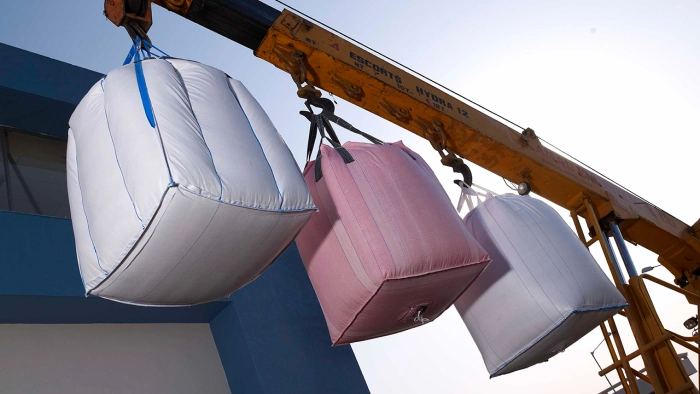
While performing the procedures on bag handling, safety will always be prioritized along with the desired goals in the bulk bag operations.
Booming industries and processing of bulk materials in the future will likely lead to increased FIBC usage for bulk material handling. Operational processes can also be taken to the highest level possible by keeping up with the best practices and trends in the use of FIBCs.
The loss of one bag is always a serious problem, which highlights the importance of proper storage and effective supply methods in bulk operations. The guide has also synthesized strategies from the literature that integrate FIBCs into business operations in a way that controls risk exposure while maximizing the safe utilization of FIBCs. Always put your safety first. Follow the directions provided by the manufacturer and avoid unapproved practices. New technologies are being developed every day. New trends in FIBC will help in bulk handling processes, so it is advised that one should keep abreast of the latest trends.
For more details on FIBC bags and bespoke packaging services, please contact XIFA Group one of the manufacturers trusted for delivering high-quality FIBC bags. Other than that, please also check FIBCA resources for new industry practices and standards. By following these tips, you can use FIBC bags in an efficient way and help advance your business in bulk material handling.



